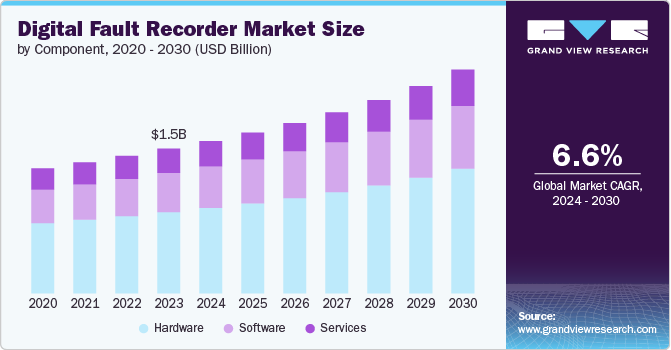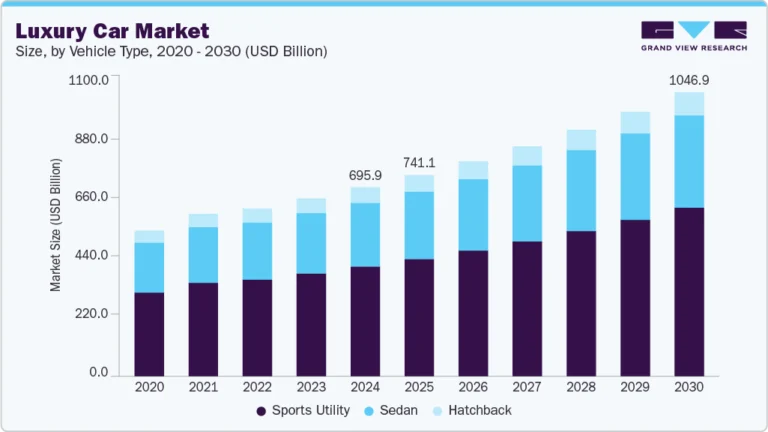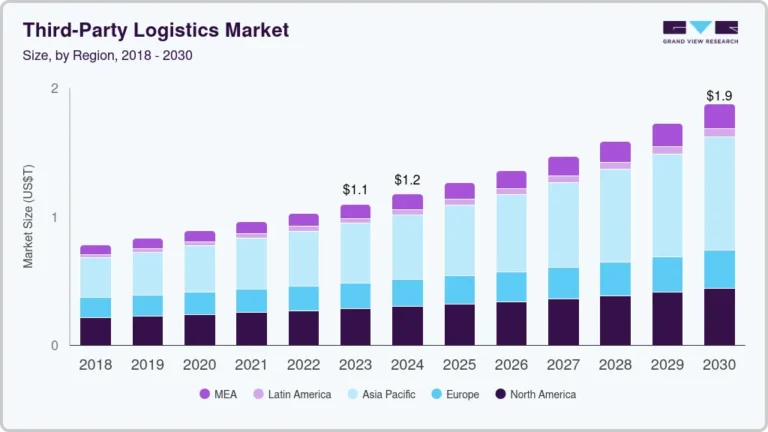Emergency Lighting Market Size, Share & Trends Analysis growing at a CAGR of 13.0% from 2024 to 2030

The global emergency lighting market size was estimated at USD 6.89 billion in 2023 and is anticipated to grow at a CAGR of 13.0% from 2024 to 2030. The adoption of better safety standards and the incorporation of smart technologies are significant market growth drivers. As global safety regulations become more stringent, there is a rising demand for advanced emergency lighting solutions that comply with these enhanced standards, ensuring greater safety and reliability during power outages and emergencies.
Request a free sample copy or view report summary: https://www.grandviewresearch.com/industry-analysis/emergency-lighting-market-report/request/rs1
The integration of smart technologies, such as IoT-enabled systems and automated monitoring, enhances the functionality and efficiency of emergency lighting. These advancements facilitate real-time monitoring and maintenance but also improve energy efficiency and user control. IoT-enabled LED fixtures are emerging as a significant growth driver for the emergency lighting market. These advanced fixtures offer enhanced functionality through real-time monitoring and automated control, allowing for proactive maintenance and improved energy efficiency. The integration of IoT technology facilitates seamless communication between lighting systems and centralized control units, ensuring optimal performance during emergencies.
The growing frequency of natural disasters is a significant market growth driver, as communities and organizations increasingly recognize the critical need for reliable lighting solutions during such events. Natural disasters, such as hurricanes, earthquakes, and floods, often lead to power outages and compromised infrastructure, making dependable emergency lighting essential for ensuring safety and facilitating effective evacuation. This heightened awareness and demand for robust emergency lighting systems are pushing investments in advanced technologies that provide reliable illumination, enhance visibility, and improve response times in crisis situations. Consequently, the surge in natural disasters is fueling the market expansion, as stakeholders seek to enhance preparedness and resilience in the face of unpredictable and often devastating events.
As smart buildings become more prevalent, integrating sophisticated emergency lighting systems that can seamlessly communicate with other building management systems is increasingly important. These advanced solutions offer enhanced capabilities such as automated testing, real-time monitoring, and predictive maintenance, ensuring higher reliability and efficiency during emergencies. The ability to remotely control and monitor emergency lighting improves safety standards and reduces operational costs and enhances energy efficiency.
For instance, in February 2024, Siemens and its subsidiary Enlighted partnered strategically with the Zumtobel Group to advance smart building technologies by integrating its advanced smart sensors into Zumtobel’s premium lighting products. This collaboration aims to create an attractive IoT lighting bundle for customers, offering benefits such as effective prefabricated solutions, adaptable technology, efficient wireless deployment, and enhanced insights. The partnership aims to focus on commercial buildings, higher education, and smart hospitals, setting new standards for efficiency and sustainability in building operations.
Component Insights
The hardware segment accounted for the largest market share of 63.3% in 2023. The increasing awareness of safety and emergency preparedness across various sectors, including commercial, industrial, and residential spaces contributes significantly to the growth of hardware segment. Regulatory mandates and stringent building codes are enforcing the installation of emergency lighting systems, thereby boosting demand for hardware components such as LED lighting fixtures, control systems, and batteries.
The software segment is anticipated to grow at the fastest CAGR over the forecast period driven by the increasing adoption of smart technologies and the rising demand for energy-efficient solutions. This segment includes software for managing, monitoring, and controlling emergency lighting systems, ensuring they function optimally during power outages or emergencies. Advancements in Internet of Things (IoT) technologies, which enable real-time monitoring and control of lighting systems through connected devices drives the growth of the software segment. For instance, in February 2023, ABB a Switzerland-based technology company introduced NaveoPro Wireless solution that allows users to manage entire emergency lighting system through a user-friendly mobile app. The fully automated system offers real-time status updates for all monitored buildings, displayed on a digital floorplan, enhancing safety and aiding in maintenance planning.






